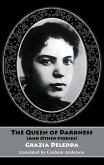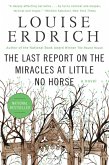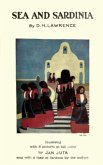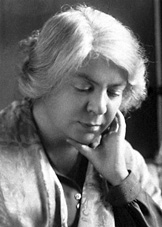'The interest in La Madre lies in the presentation of sheer instinctive life. The love of the priest for the woman is sheer instinctive passion, pure and undefiled by sentiment. The instinct of direct sex is so strong and so vivid, that only the blind instinct of mother obedience, the child instinct, can overcome it.' D. H. Lawrence
Dieser Download kann aus rechtlichen Gründen nur mit Rechnungsadresse in A, B, BG, CY, CZ, D, DK, EW, E, FIN, F, GR, H, IRL, I, LT, L, LR, M, NL, PL, P, R, S, SLO, SK ausgeliefert werden.










